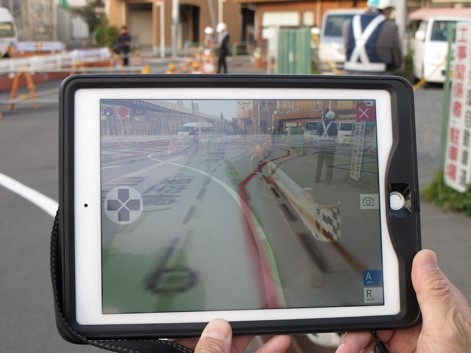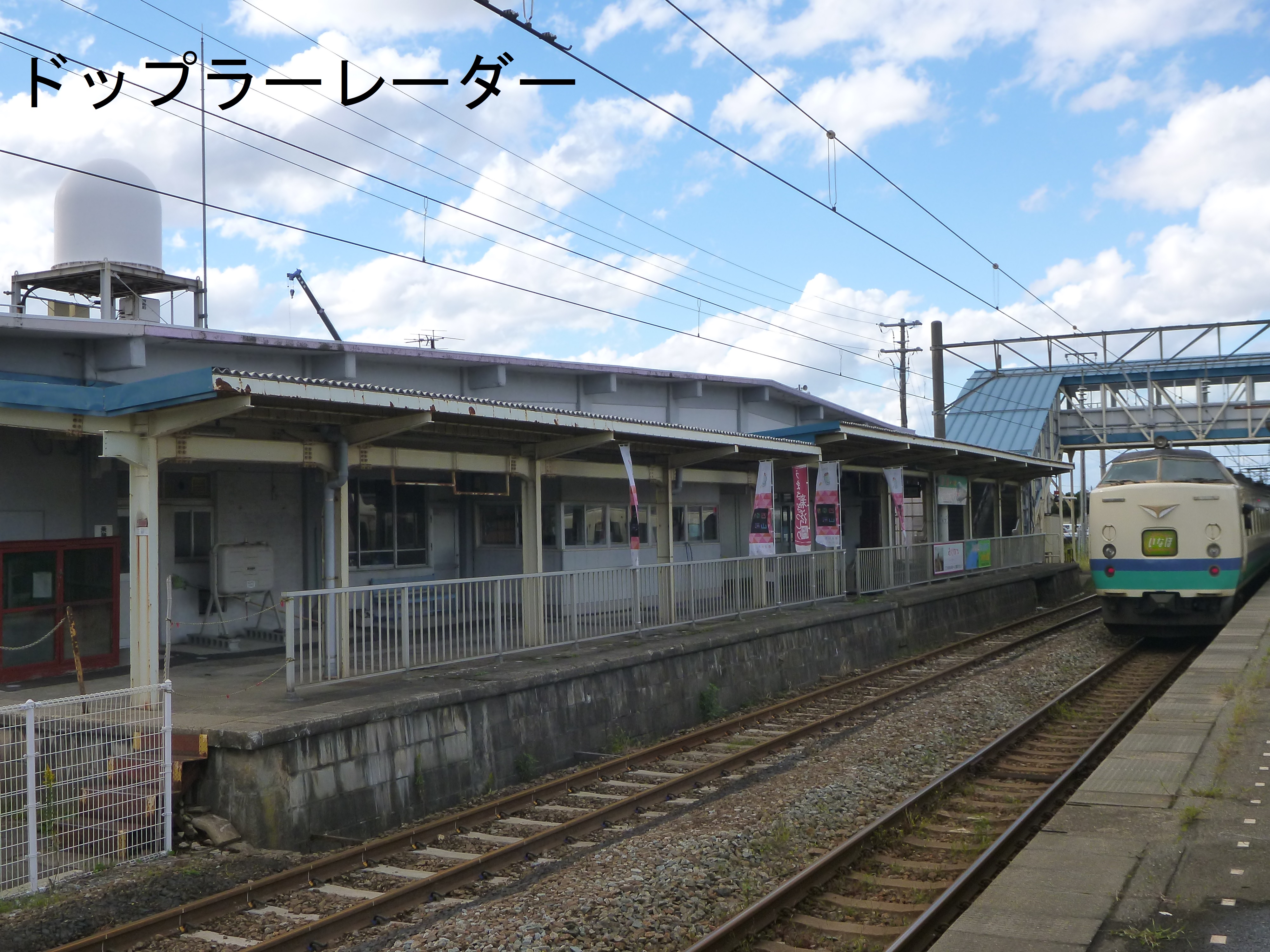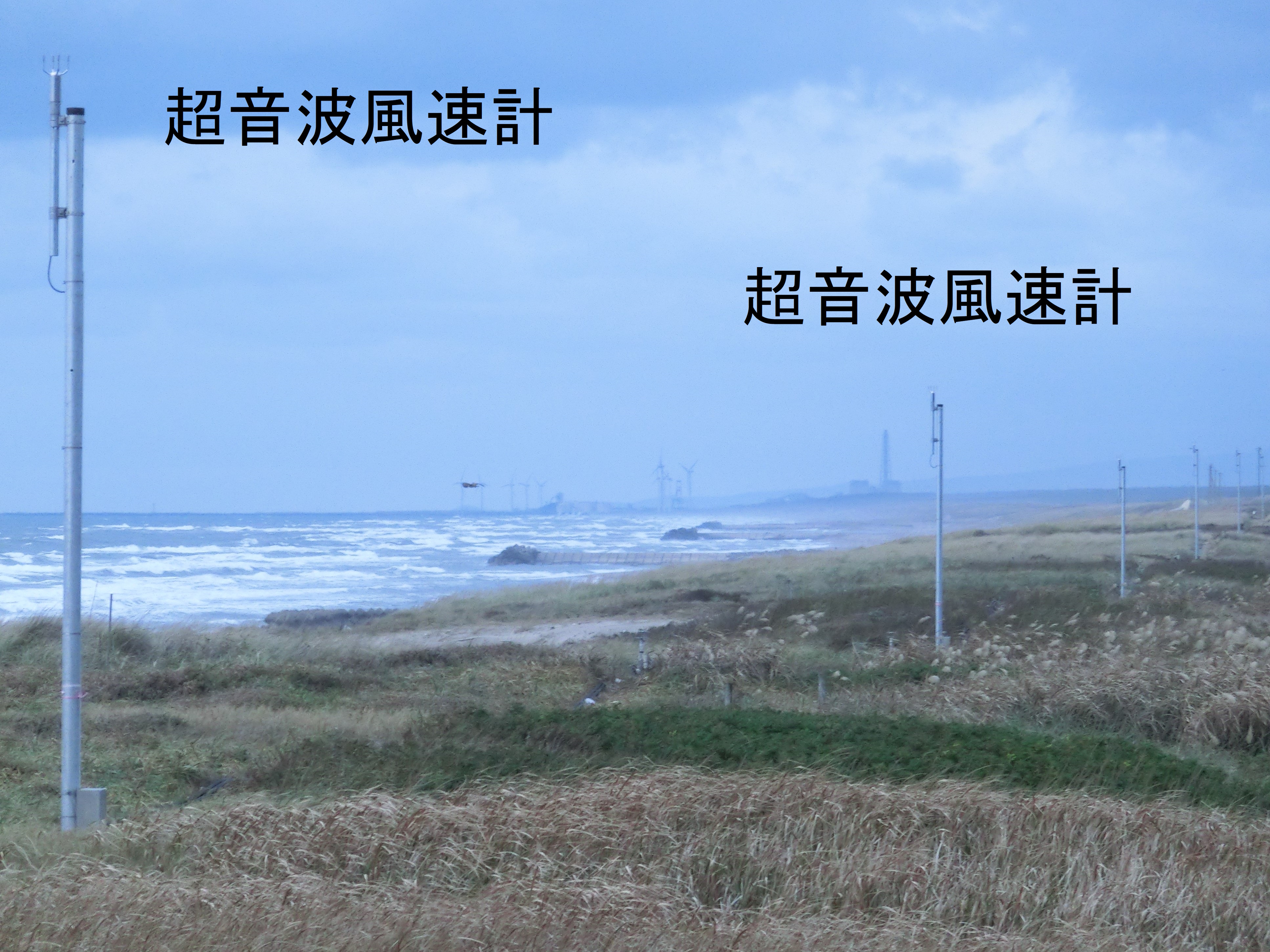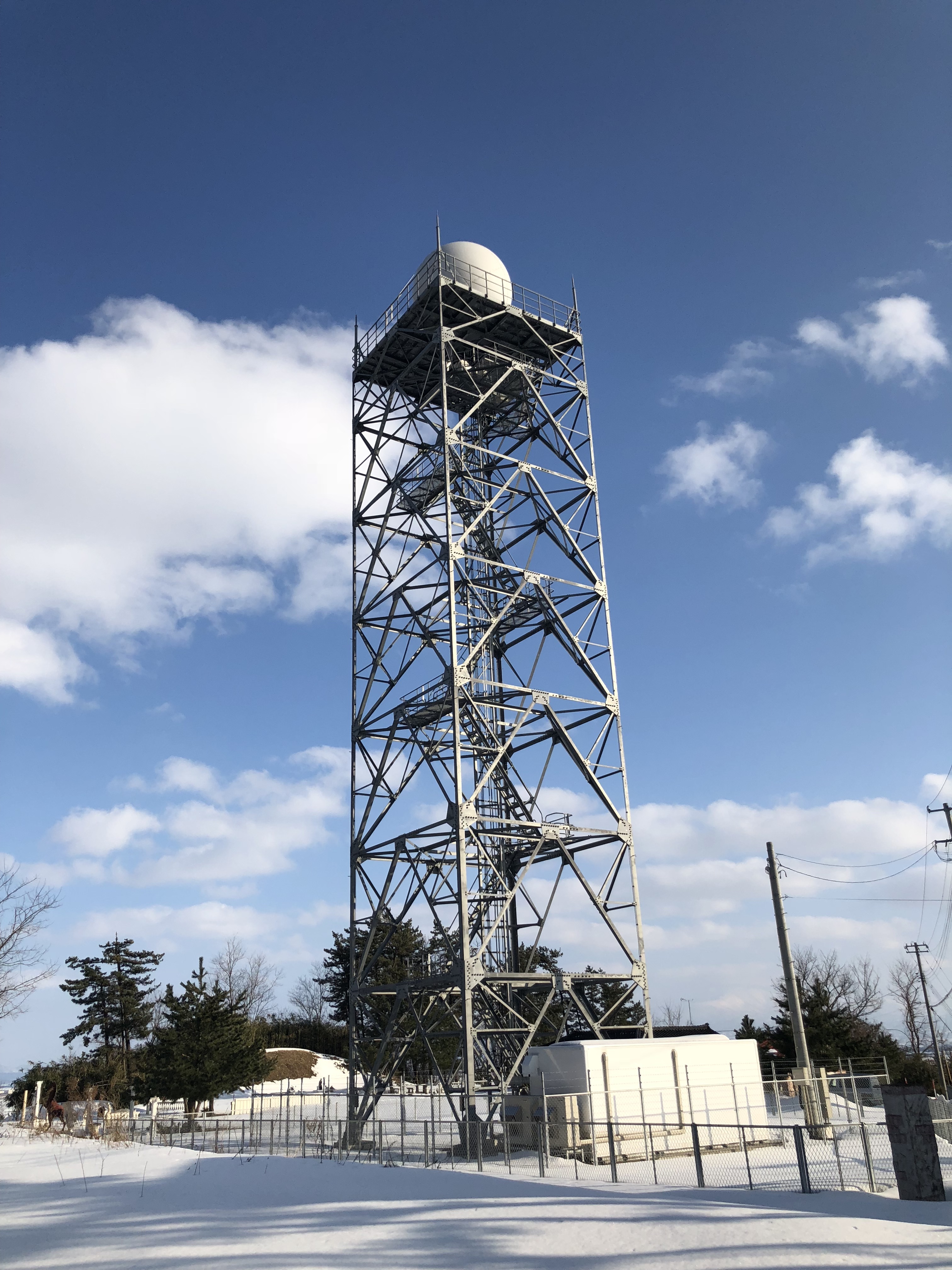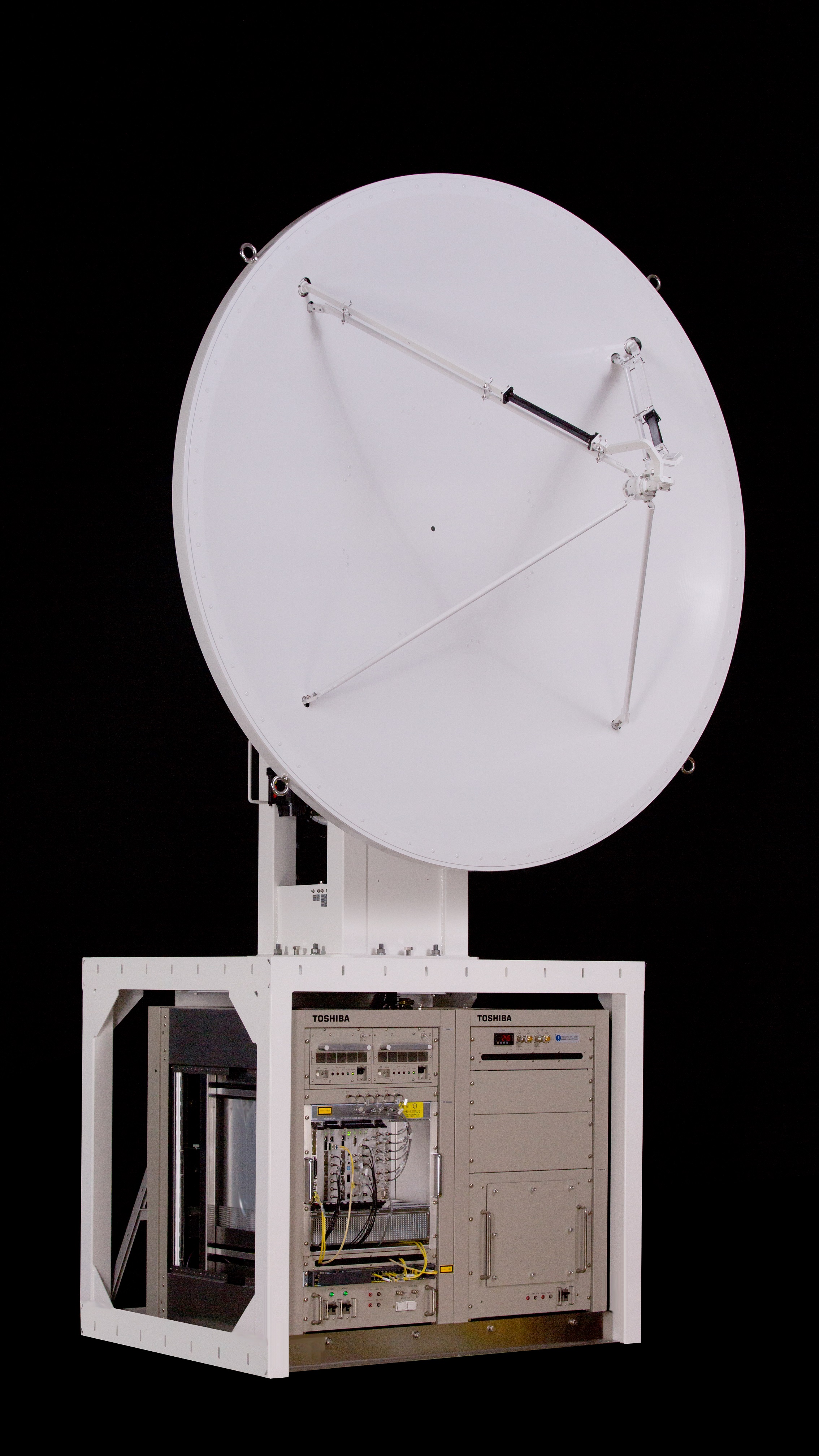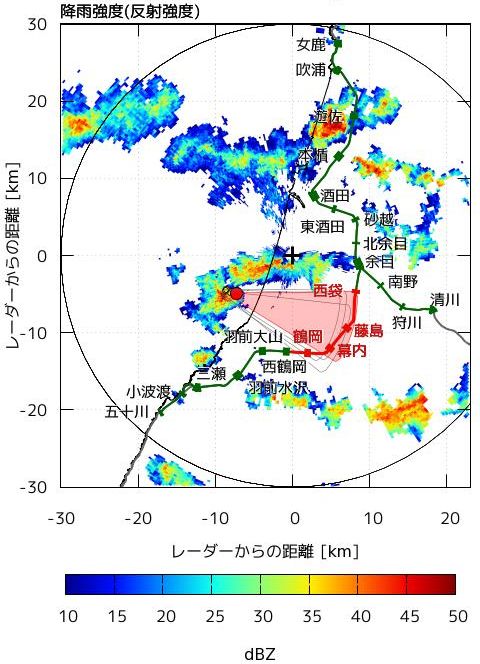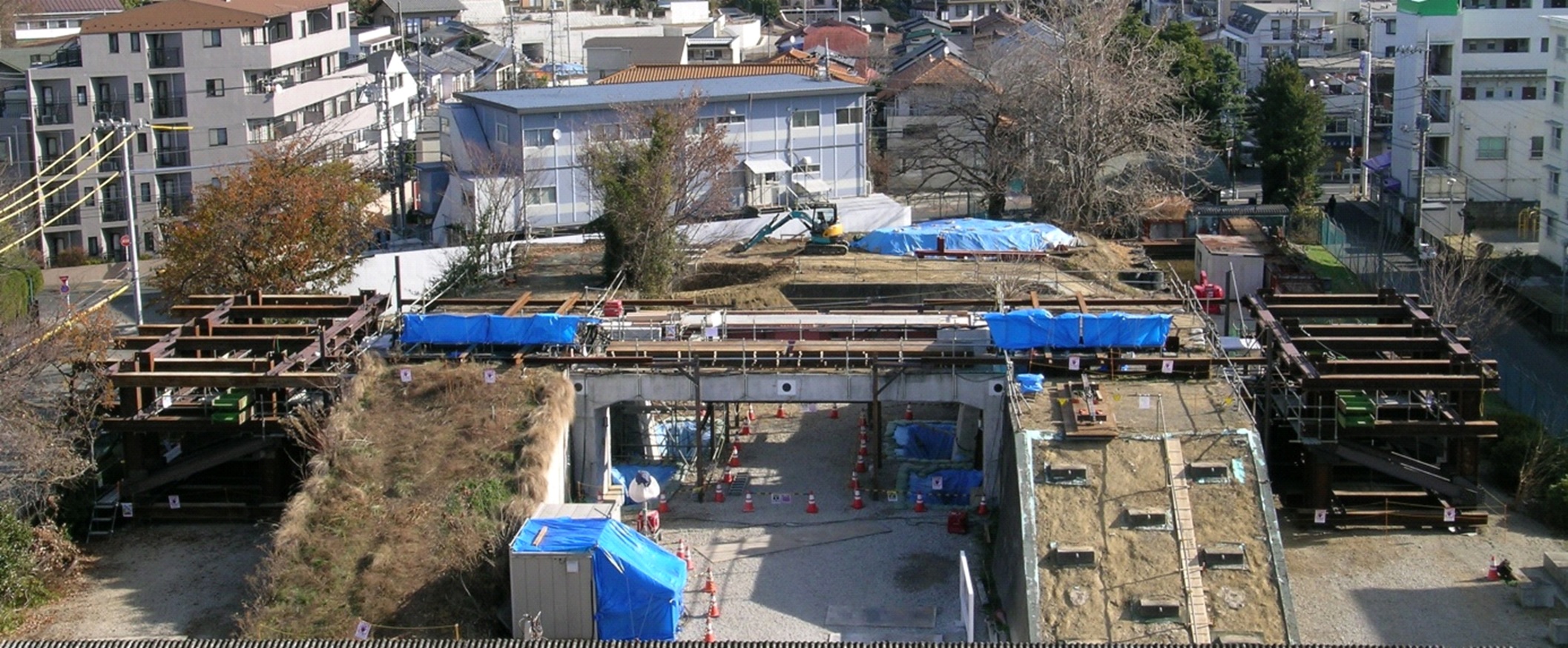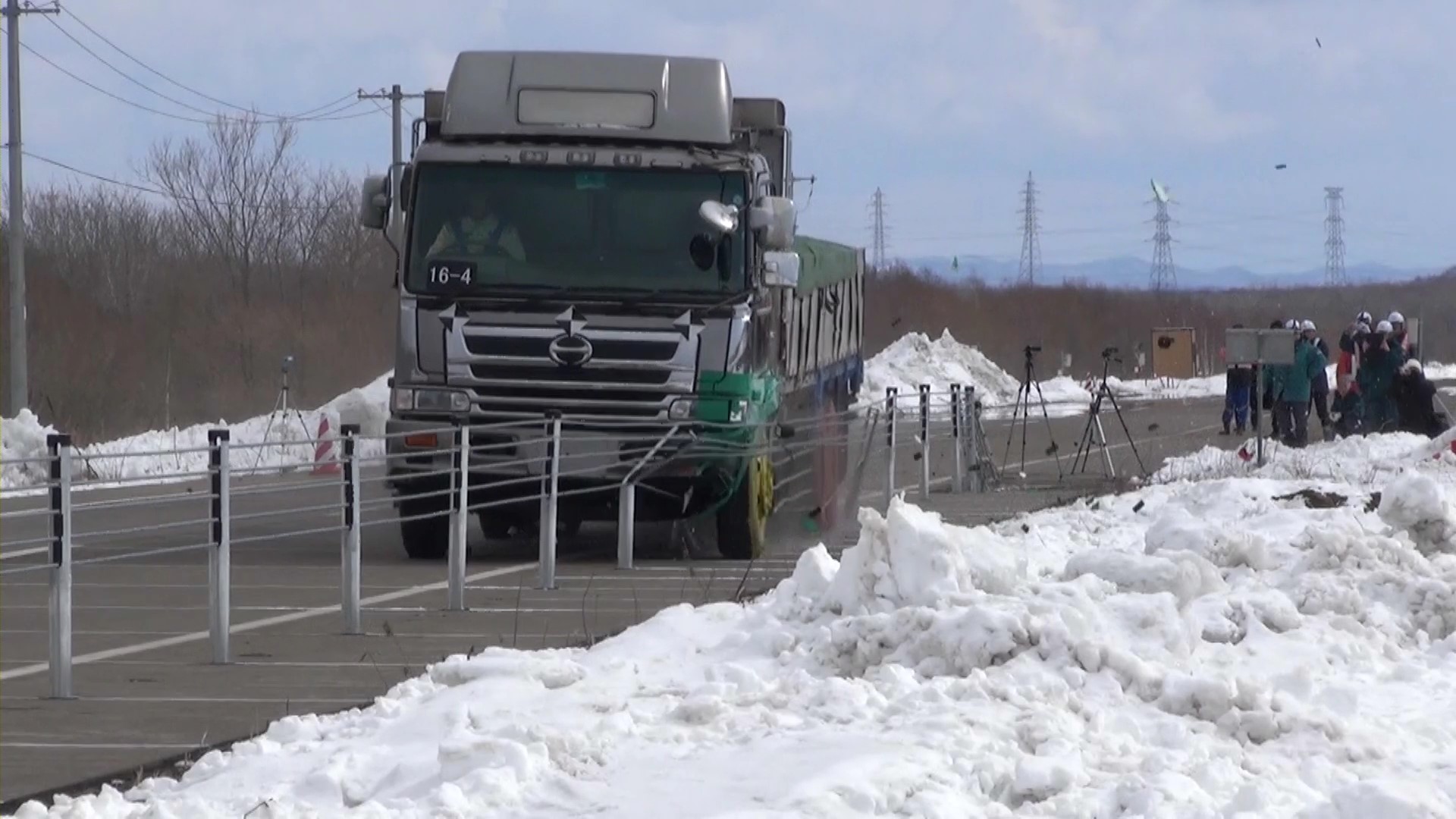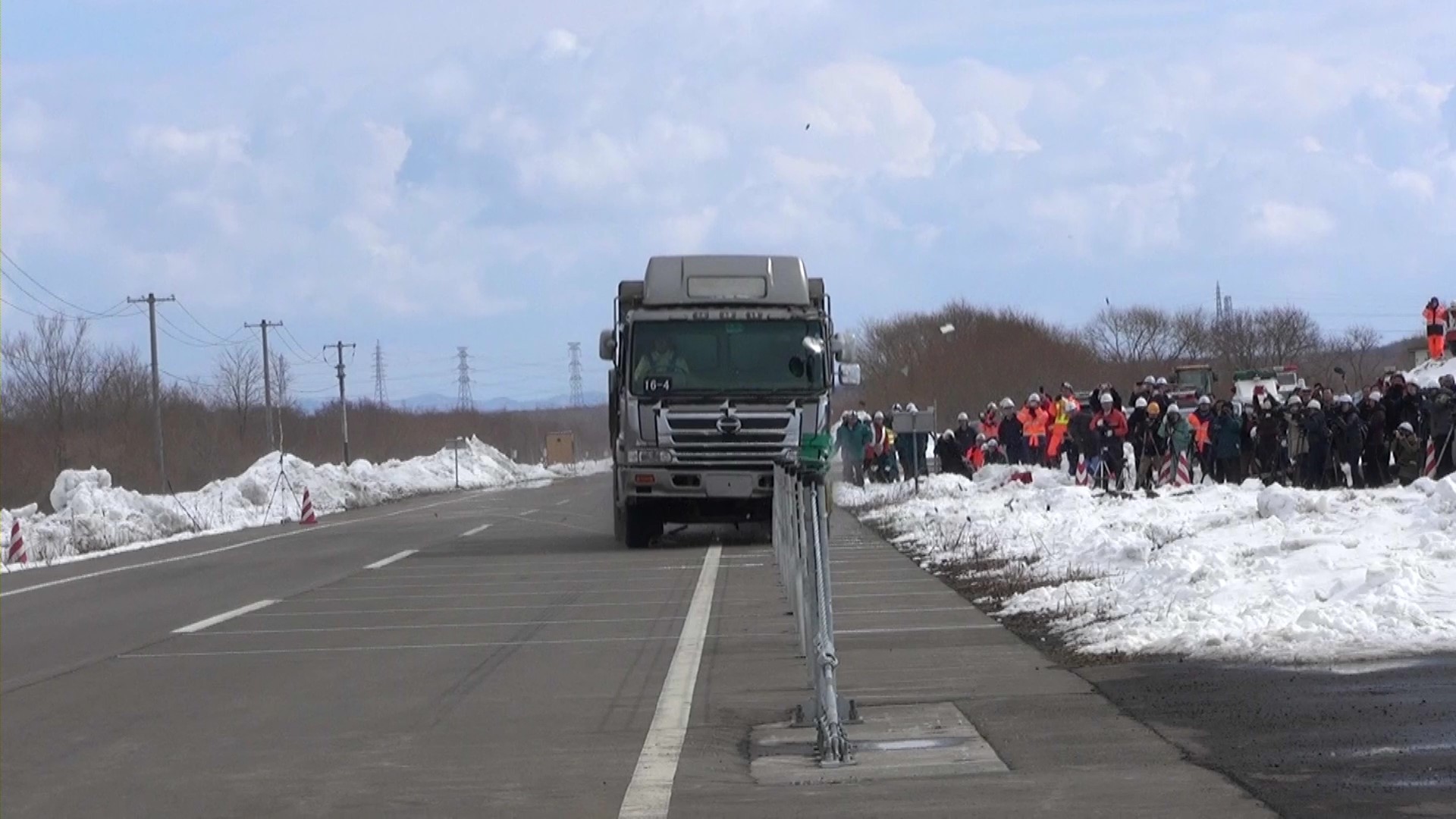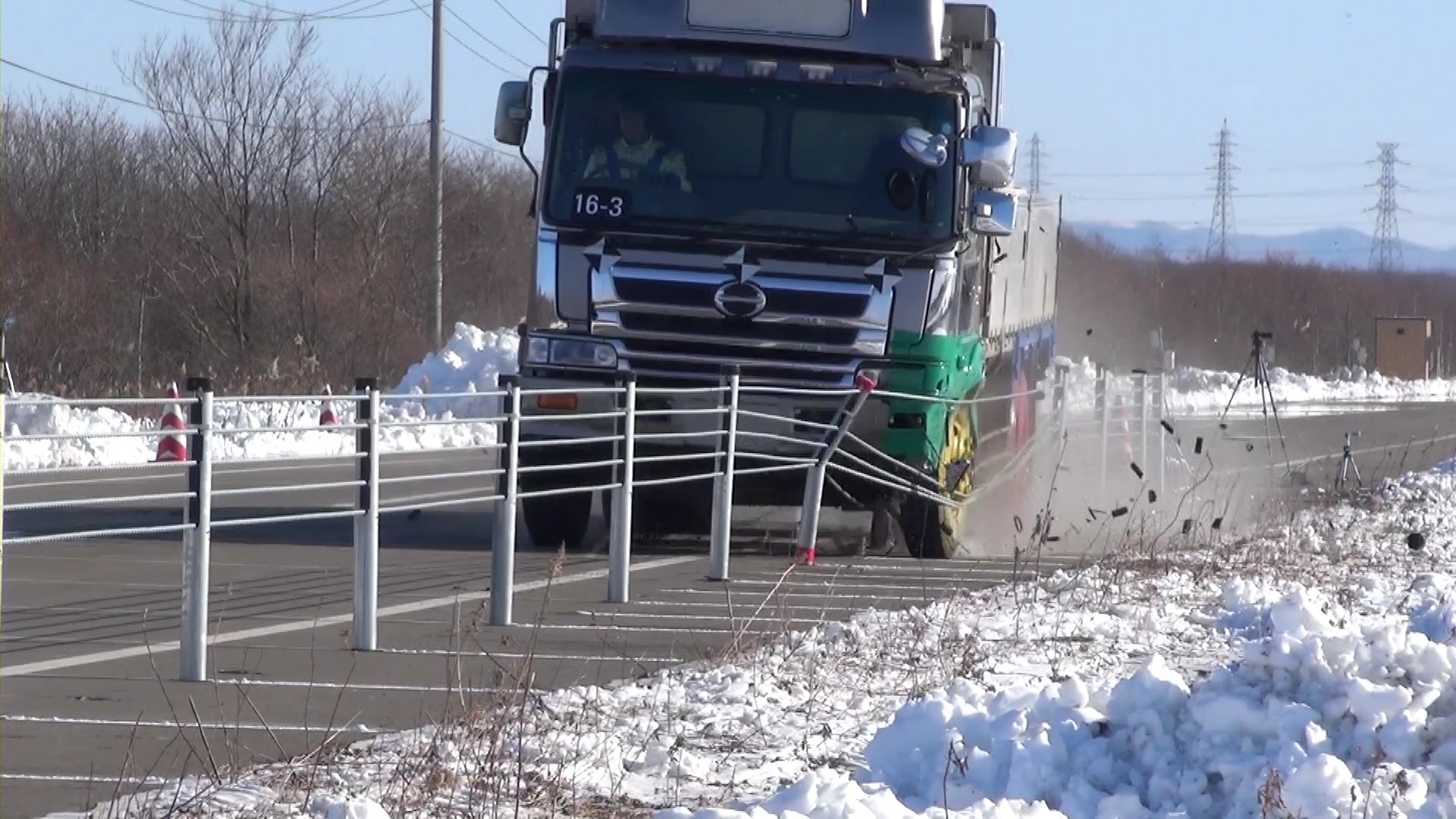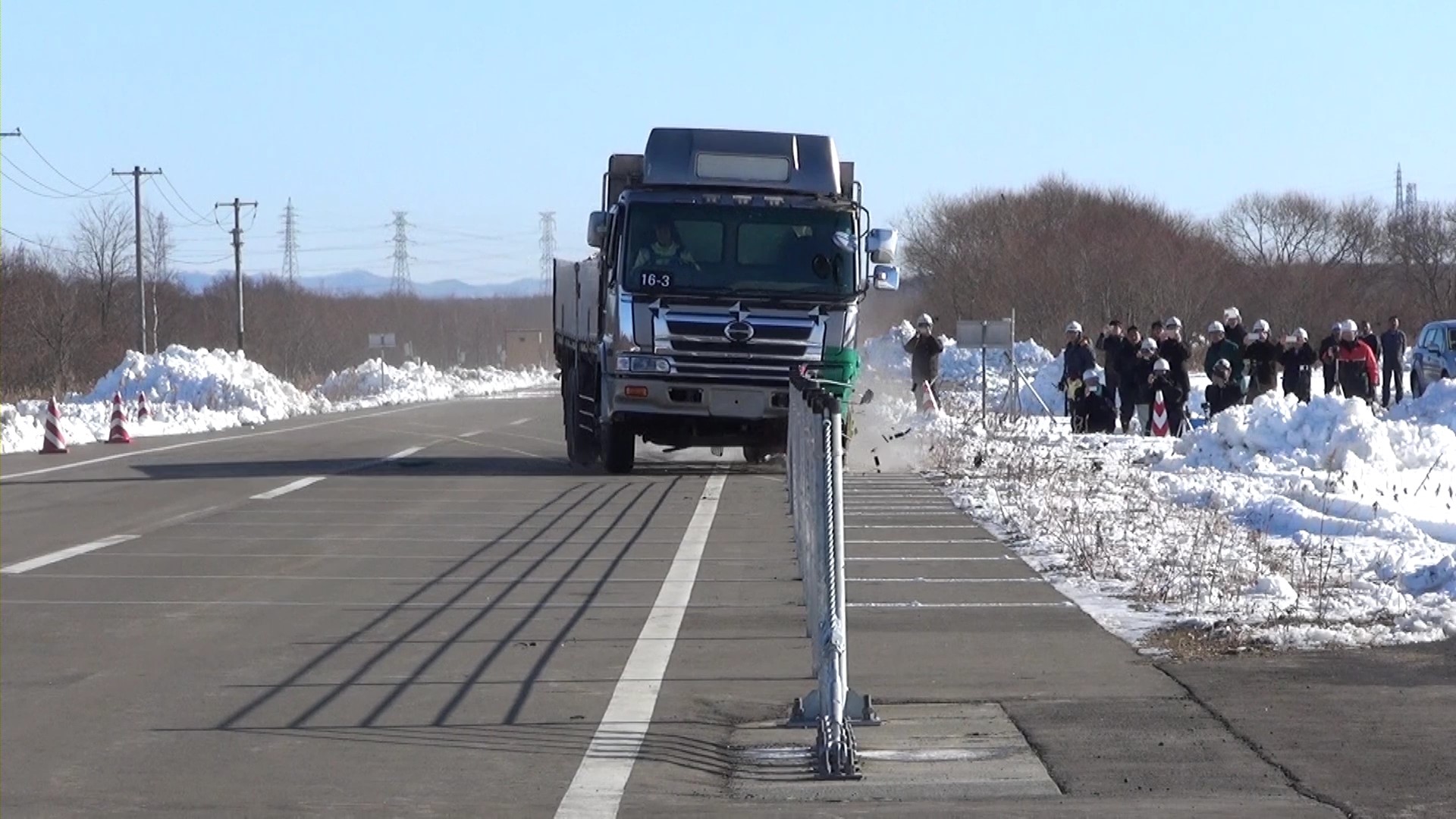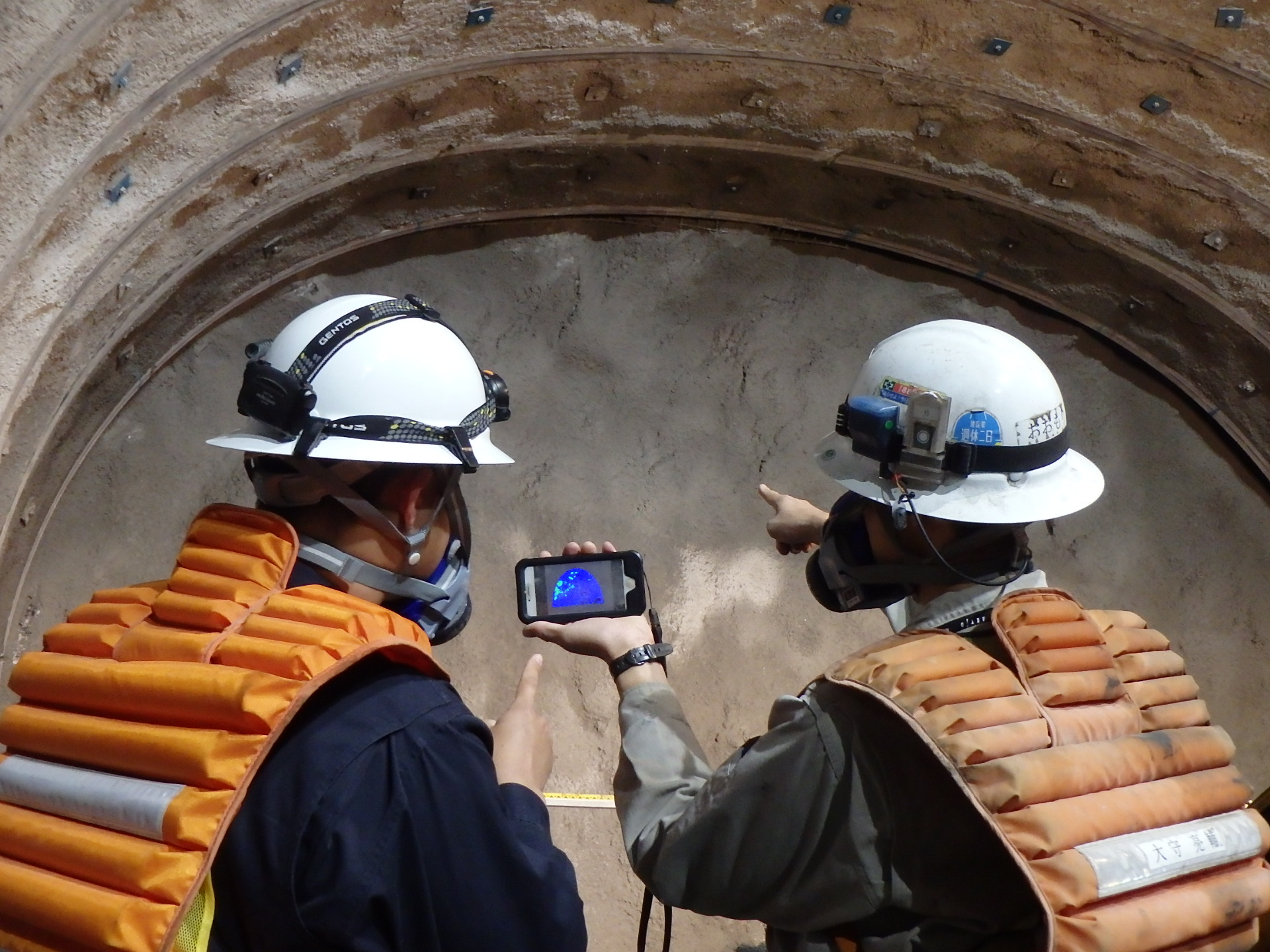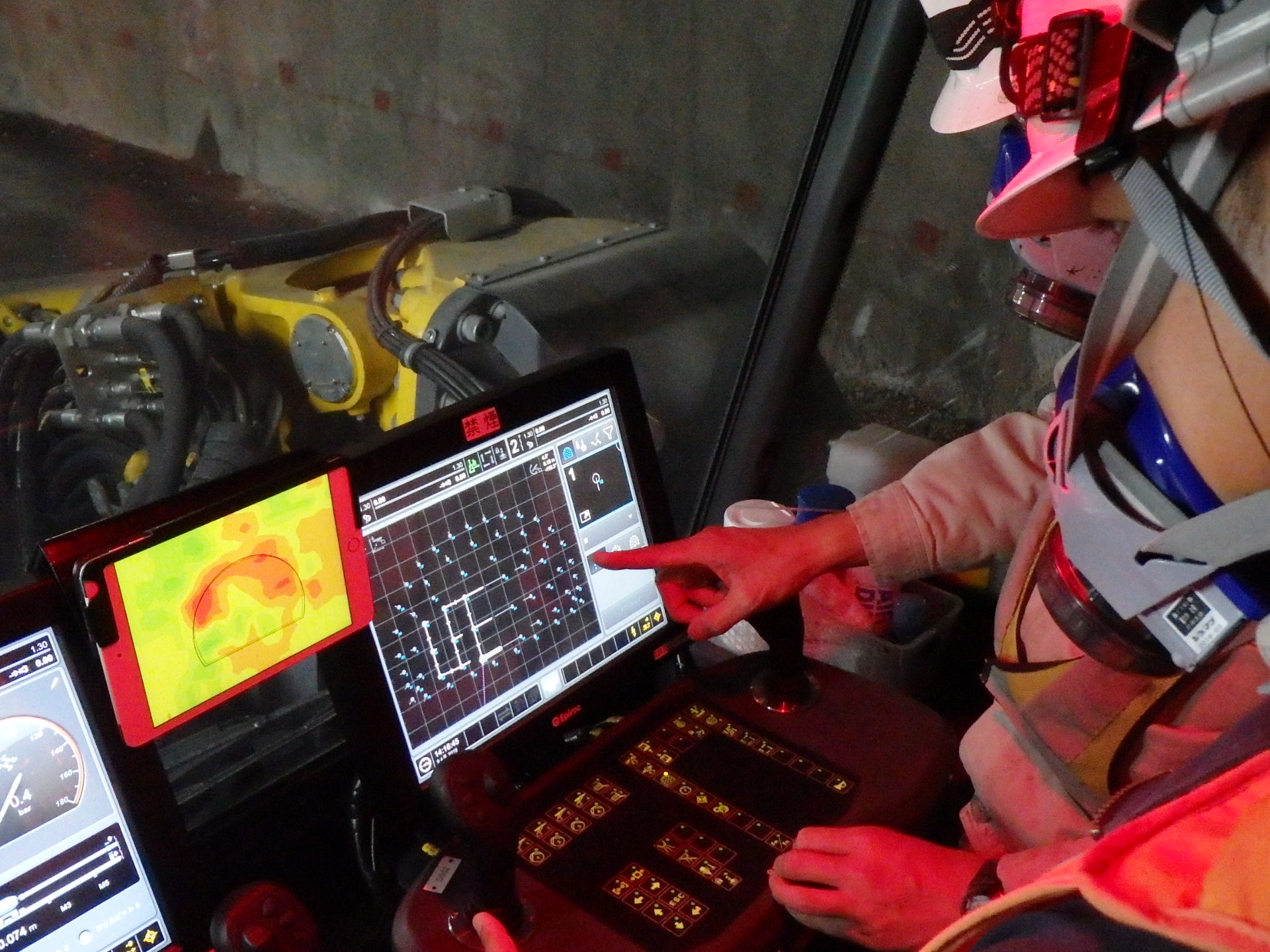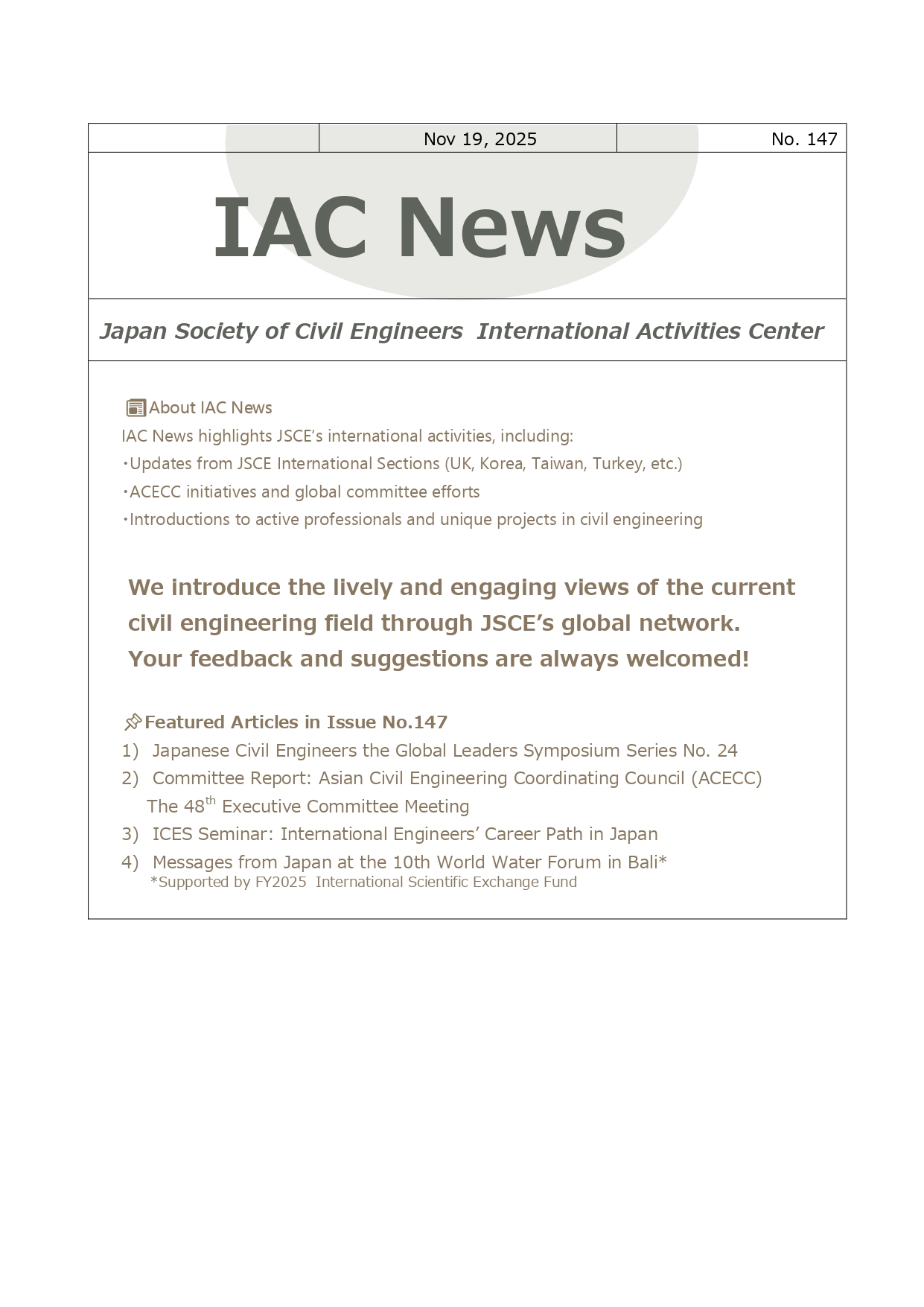2018 Innovative Technique Award
1.Subsurface Utilities Visualization System “Shimz AR Eye subsurface view”
- Hiroshi Miki (SHIMIZU CORPORATION)
- Osamu Okamoto (National Institute of Technology, Ibaraki College)
- Hidemitsu Kitao (SHIMIZU CORPORATION)
- Shinichi Nishimura (SHIMIZU CORPORATION)
- Shinji Ishida (Ryoyu Systems Co., Ltd.)
The location of subsurface utilities is required prior to excavation of ground in a construction project. The developed system consists of such an AR (Augmented Reality) technology as to visualize existence of subsurface utilities on an iPad. The system also applies such localization technologies as GNSS and SLAM and it enables users to detect their location within 50 mm accuracy. The new information by a prospect investigation will be saved in a cloud server and the information can be easily updated as their locations change. The system enables users to prevent the accident when excavating. It will also be a useful tool for efficient site management as users can refer to the saved information anytime on site.
2. Development of Train Operation Control Method against Wind Gusts Using Doppler Radar
- Hiroto Suzuki(East Japan Railway Co.)
- Kenichi Kusunoki (Meteorological Research Institute)
- Chusei Fujiwara(East Japan Railway Co.)
- Shoichi Uemura(East Japan Railway Co.)
- Makoto Shimamura(East Japan Railway Co., Current affiliation: National Research Institute for Earth Science and Disaster Resilience)
Wind gusts are natural hazards that may cause serious damage, and there have been four train accidents caused by wind gusts. It is necessary to develop a method to ensure the safety of train operation in times of wind gusts. Therefore, we developed a train operation control method against wind gusts using Doppler radar. In this method, a Doppler radar detects and tracks atmospheric vortices which accompany wind gusts and train operation is stopped when it is predicted that wind gusts will cross railway track. This method has been in practical use along a section on the Shonai Plain in Yamagata Prefecture on the Uetsu Line and the Rikuu West Line since December 2017 and prevent the accident caused by wind gusts.
3. Development of GRS Integral Bridges combining Reinforced Soil Technology and Bridge Technology
- Masaru TATEYAMA (Railway Technical Research Institute)
- Masayuki KODA (Railway Technical Research Institute)
- Shinichi TAMAI (Japan Railway Construction, Transport and Technology Agency)
- Hidetoshi NISHIOKA (formerly Railway Technical Research Institute)
- Fumio TATSUOKA (Professor emeritus of University of Tokyo and Tokyo University of Science)
Geosynthetic-Reinforced Soil (GRS) Integral Bridge comprises a girder structurally integrated to the full-height rigid facings of a pair of GRS Retaining Walls as abutments to improve the performance of both structure and soil components compared with conventional type bridges. This technology was developed by fusing the updated knowledges of reinforced soil and bridges while introducing an innovative idea of structural integration. The stability and resilience, particularly against high seismic loads, are substantially improved without increasing the construction cost while largely reducing the long-term maintenance cost. So far, ten have been built with others at the planned or design stage for railways including Shinkansen. The construction of many others can be anticipated.
4. Development of a wire rope barrier applied to non-separation temporary two lane expressway sections;
- Masayuki Hirasawa(Civil Engineering Research Institute for Cold Region)
- Masakatsu Ishikawa(STEEL BARRIER ASSOCIATION)
- Yutaka Ebara(Nippon Expressway Research Institute Company Limited)
On a suburban main road or a two-way non-split temporary two-lane road with high standard roads, traffic safety issues have been serious, such as serious fatal injuries such as head-on collisions due to vehicle deviation to oncoming traffic lanes. The wire rope can be installed in a narrow member without substantially reducing the width, do not block the line of sight from the driver necessary for driving, and can be easily removed and provided with an opening in an emergency. The wire rope type guard fence, which is composed of wire rope and relatively weak thin support columns and has excellent shock absorbing performance, is adopted as the central separation fence of the non-separation temporary two-lane section, and the optimal specifications are obtained from large vehicle collision tests decided. By this technology, it is possible to prevent a frontal collision accident due to a vehicle deviation to the oncoming lane, to suppress the occurrence of casualties, and it is expected to dramatically improve the safety.
5.Development of geological evaluation technology for rock tunnelling using ICT (Smart Face Watcher)
- Takuji Yamamoto(KAJIMA CORPORATION)
- Yasuyuki Miyajima(KAJIMA CORPORATION)
- Suguru Shirasagi(KAJIMA CORPORATION)
- Hayato Tobe(KAJIMA CORPORATION)
- Daisuke Fukushima(KAJIMA CORPORATION)
For rock tunnelling projects, it was difficult to predict geological conditions in an excavation cycle. As a result, it caused serious accidents such as face collapses. Therefore, we developed the "Smart Face Watcher" that predicts and visualizes geological conditions entirely from a tunnel face to 5 meter ahead in real time. The system consists of two analysis techniques, which are "Risk evaluation system of tunnel face collapse by image analysis technique" and "Prediction system of three-dimensional geological conditions by drill rig data", and a real-time information sharing system by cloud services. This technology significantly helps reduce the risks of face collapses and excessive deformation in rock tunnelling projects.
6. Development of sulfuric acid-resistant concrete with ten times the durability of ordinary concrete
- Shigeyoshi MIYAHARA (TAISEI CORPORATION)
- Eiji OWAKI (TAISEI CORPORATION)
- Takefumi SHINDOH (TAISEI CORPORATION)
- Akira SASAKI (UBE INDUSTRIES, LTD.)
- Yutaka FUJINO (UBE INDUSTRIES, LTD.)
As the concrete in sewage facilities often degrade due to sulfuric acid produced by microorganisms, permanent measures are required. Our technique involves the new concrete having drastically improved sulfuric acid-resistance and the systematized method covering from durability design to construction. The technique realizes maintenance-free and long-life concrete structures in sewage facilities. The sulfuric acid-resistant concrete is the unique material which produces protection films, composed of degradation products derived from sulfuric acid-attack, densely cover the surface of concrete to enhance the durability. As this concrete has self-compacting property, it is suitable for repair works with the narrowed sections as well as for new constructions.

